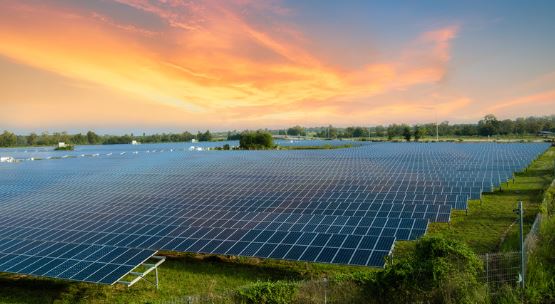According to a new report, solar and wind power can increase enough to limit global warming up to 1.5C if the 10 year average compound growth rate is maintained at 20 percent through 2030.
Ember, an independent climate think tank, announced Wednesday’s news, adding that global solar generation rose 23% in 2021 and wind supply grew 14% over the same period.
Both renewable sources combined accounted for 10.3% of global electricity generation, an increase of 1% over 2020.
The fastest rates of renewable source growth were seen in Australia, Vietnam, and the Netherlands. They switched around 10% of their electricity from fossil fuels to solar and wind over the past two years.
Presently, the main problem slowing growth is caused by on-the-ground restrictions like permits.
Dave Jones, Ember’s global leader, said that governments must solve slowing down deployment problems if they want to boost growth.
The report also stated that despite the gains in solar and wind, coal-fired energy generation experienced its fastest growth in at least 1985. It grew by 9 percent in 2021 to 10,042 TWh (or 59%) of the total demand increase.
This was in a year of rapid demand recovery. 2021 saw the biggest annual increase in global electricity. It is the equivalent to adding an Indian new market.
“We are getting closer to the break-even point where solar and wind can cover new electricity demand. But we are not yet there.” Jones stated that if we keep the growth rates we are seeing, we will soon be there.
China saw the greatest demand growth, rising 13 percent in 2021 compared with pre-pandemic levels of 2019, according to data.
Although the country still relies heavily on coal for power production it has achieved the one-tenth mark of power generation from solar and wind in 2021, along with six other countries.
Jones stated that China is installing “record levels of wind, solar, and clean electricity, as well as installing records levels of hydro and nuclear power, which means their coal production will begin to fall.”
China intends to continue using coal in its energy strategy as it seeks to balance its economic stability and its long-term climate goals.
